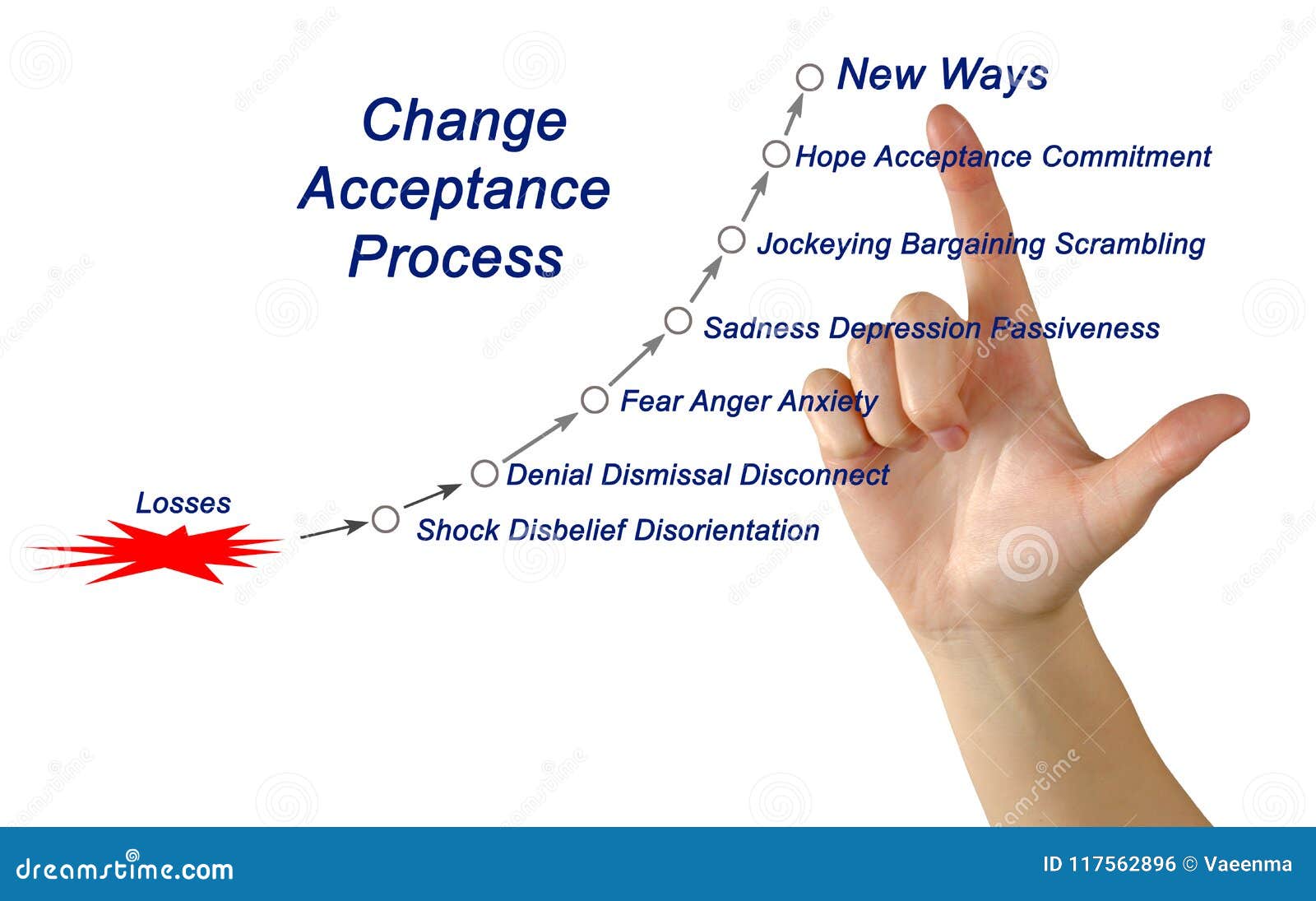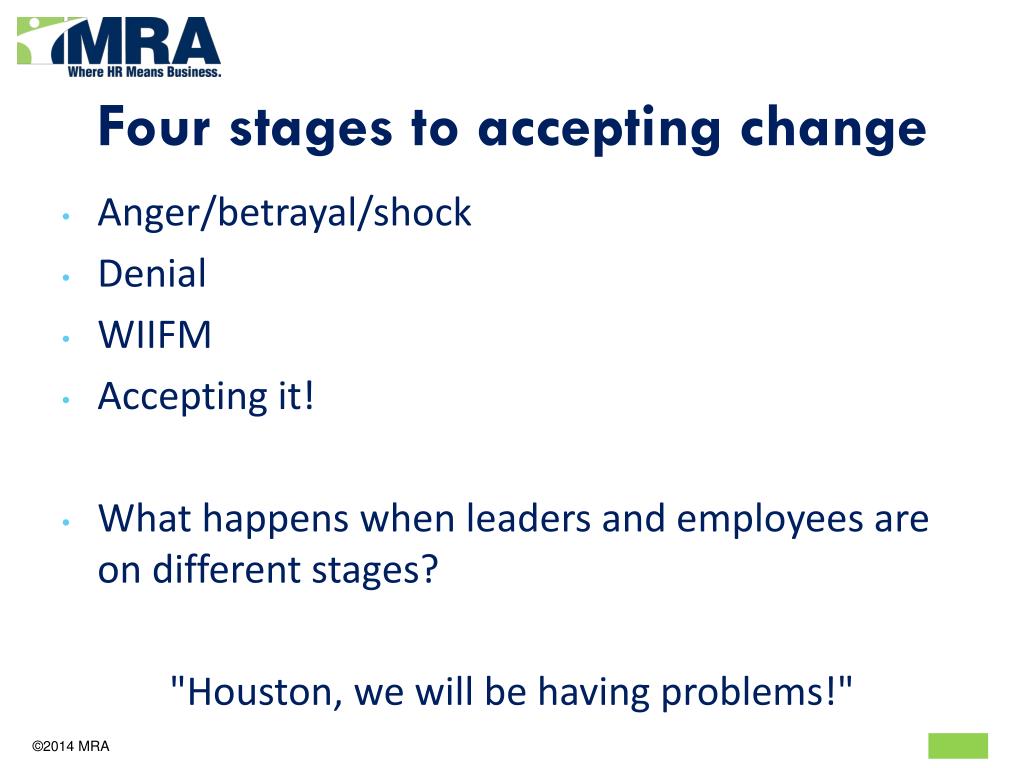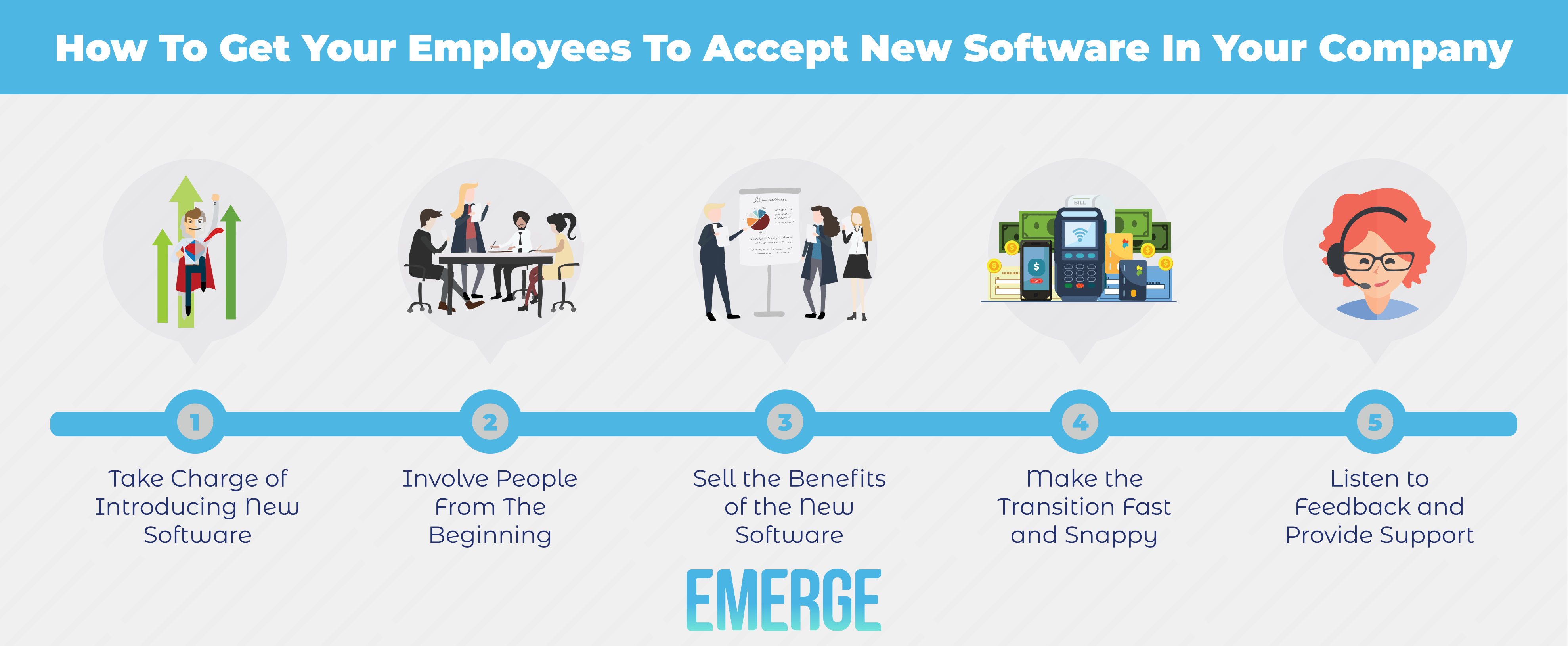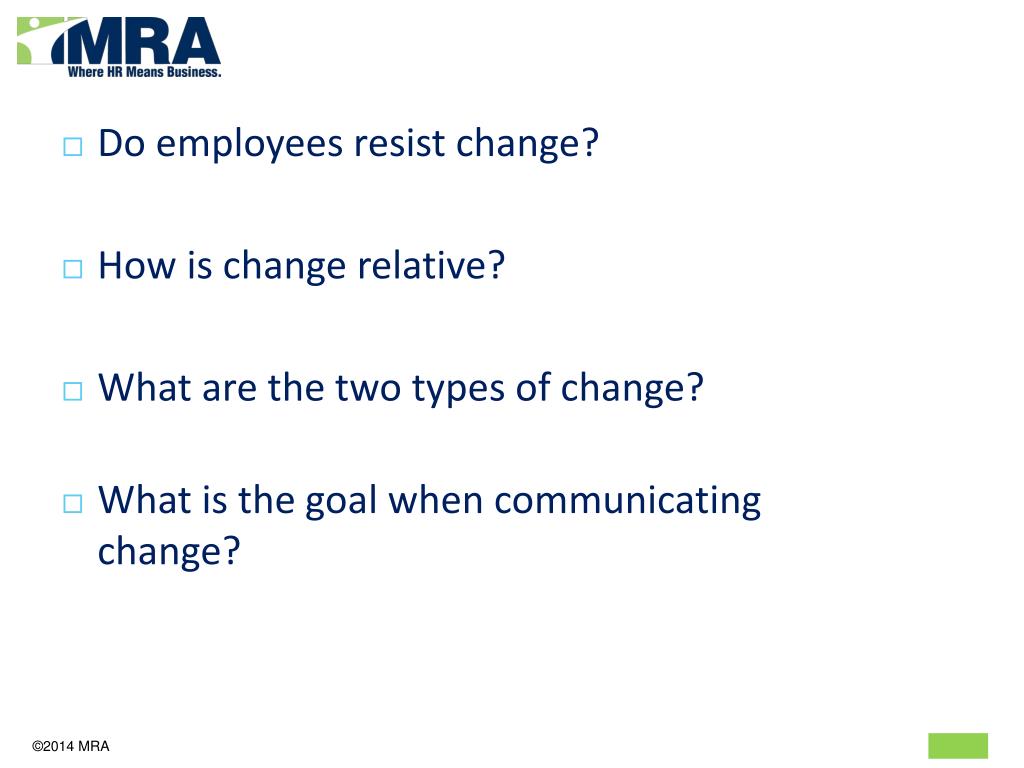How To Get Employees To Accept Change

Imagine a bustling office, not with the usual keyboard clicks and hushed phone calls, but with a palpable tension hanging in the air. A new system is being rolled out, one promised to streamline workflows and boost productivity. Yet, furrowed brows and hushed whispers suggest a less-than-enthusiastic reception. The reality is that change, even when beneficial, can be a tough pill to swallow in the workplace.
At its core, getting employees to accept change hinges on understanding the human element. It's not just about implementing new processes; it's about guiding individuals through a transition, addressing their concerns, and fostering a sense of ownership.
Understanding the Resistance
Change can trigger a range of emotions, from anxiety and fear to uncertainty and even anger. According to a study by Prosci, a change management research firm, the primary reason change initiatives fail is due to employee resistance.
This resistance often stems from a lack of understanding or involvement. People fear what they don't know, and they're less likely to embrace changes they haven't helped shape.
The "Why" Matters
Clearly communicating the rationale behind the change is crucial. Employees need to understand why the change is necessary and how it will ultimately benefit them, the team, and the organization as a whole.
This means explaining the problem the change is intended to solve, the goals it aims to achieve, and the potential positive outcomes. Transparency builds trust and reduces anxiety.
Strategies for Smooth Transition
Once the "why" is established, the next step is to focus on the "how." Effective change management involves a multi-faceted approach, addressing both the practical and emotional aspects of the transition.
Communication is Key
Open and honest communication is paramount throughout the entire process. Regular updates, feedback sessions, and opportunities for employees to voice their concerns can help address anxieties and build support.
Consider using a variety of channels, such as email, team meetings, and one-on-one conversations, to ensure everyone stays informed. Leaders must be visible and accessible, demonstrating their commitment to the change.
Involve Employees in the Process
Engage employees in the planning and implementation of the change. Seek their input, solicit their ideas, and empower them to take ownership of the process.
This can be achieved through workshops, focus groups, or even informal brainstorming sessions. When employees feel heard and valued, they are more likely to embrace the change.
Provide Adequate Training and Support
Ensure employees have the necessary skills and knowledge to succeed with the new changes. This may involve providing training sessions, online resources, or mentorship programs.
It's also important to provide ongoing support and guidance as employees adapt to the new processes. Make it clear that it's okay to ask questions and seek help when needed.
Celebrate Successes
Acknowledge and celebrate milestones along the way. Recognizing and rewarding employees for their efforts can help boost morale and reinforce positive behaviors.
This could involve simple gestures like a team lunch, a public acknowledgement, or even a small bonus. Celebrating successes helps to build momentum and create a positive association with the change.
Leading with Empathy
Ultimately, successful change management requires empathy. Leaders must understand the challenges employees are facing and be willing to provide support and guidance.
This means listening actively, validating concerns, and showing genuine care for the well-being of employees. It also means being patient and understanding that it takes time for people to adapt to change.
As John Kotter, a renowned change management expert, emphasizes, change is not an event, it's a process. By focusing on communication, involvement, training, and empathy, organizations can create a more positive and successful experience for everyone involved.


















